HUELVA CAPITAL
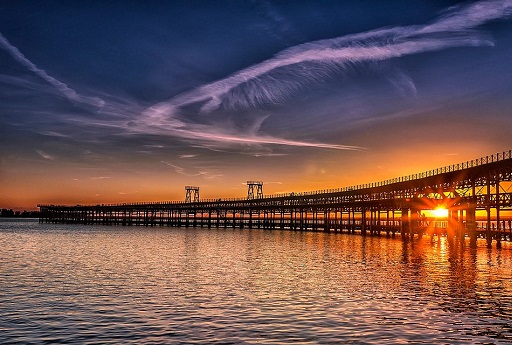
Tinto dock
The mineral dock of the Riotinto company is a commercial dock-pier for unloading material from the mines of the mining company “Rio Tinto Company Limited”, built at the beginning of the 20th century on the Odiel river. It is commonly known as the “Tinto dock”. It is currently in disuse but can be visited as a place for walks or fishing. It was declared an Asset of Cultural Interest in 2003.
Direction: Levante Pier Bridge, s/n
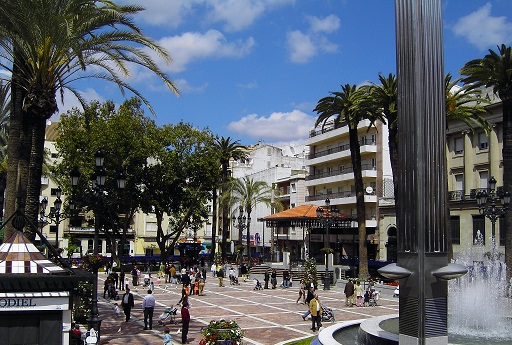
Nuns Square
The Plaza de las Monjas is an open space located in the historic center of the city of Huelva, Spain. Over the years it has taken different names: Plaza de Abajo in the 15th century, Plaza Nueva in the 16th century, Plaza de San Juan from the 17th century, and Plaza de las Monjas in 1805, its first official denomination in 1823 as Plaza del Rey, Plaza de Isabel II in 1835, Plaza de la Constitución and again Plaza de las Monjas as their official nomenclature in 1936.
Direction: Nuns Square
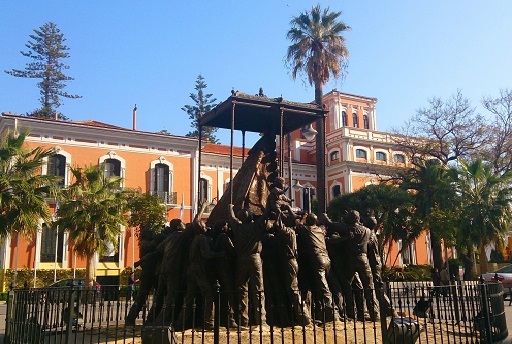
Monument to the Virgen del Rocío and Casa Colón
The Plaza del Punto needed a transformation within the Monumentalization Plan that had been forged in the City Council and it was decided to raise a Monument in the aforementioned Plaza that at the same time would serve as an emotional memory of the meeting at that point of the two Rocieras Brotherhoods of Huelva, after his return from Almonte and with this make special mention in our capital of a hallmark of Almonte, that contribute to beautify the aforementioned site of our city. The Casa Colón Conference Center is one of the most significant buildings in Huelva. It was inaugurated in 1883 as Hotel Colón for the celebration of the IV anniversary of the discovery of America. Today, It is the headquarters of the Casa Colón Conference Center. The complex is made up of the dependencies of the old accommodation, three pavilions (Levante, Poniente and the Big House) and different garden areas.
Direction: Of. Martin Alonso Pinzón, 24
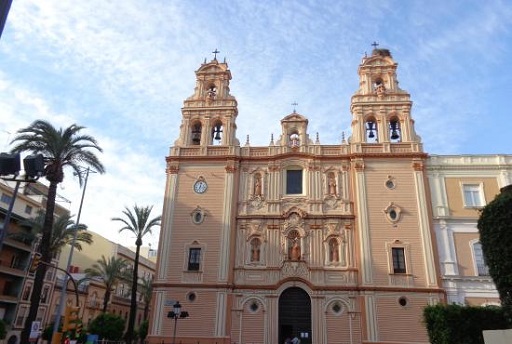
Merced Cathedral
The Cathedral of La Merced is a parish church of La Merced that was chosen as the seat of the diocesan chapter and cathedral when this diocese was created in 1953. It was built as part of the Convent of La Merced, founded in 1605 for D. Alonso Perez de Guzman, lord of the Huelva town for these years. Construction started in 1606, the most important works were completed in 1615. 1969, La Merced Cathedral suffered serious damage from the earthquake of 28 february, so that it was closed again for its restoration, under the direction of architect D. Rafael Manzano, which would end in 1977. By then it had already been declared a National Monument in 1970 by decree of 12 of March.
Direction: Plaza de la Merced, S/N
Schedule: Tuesday to Friday from 1.00 a 13.00 h, and Monday to Sunday from 18.00 a 20.00 h.

Monument to the discoverer faith
The Monument to the Discovery Faith, of 37 meters high, It is one of the most notable hallmarks of the city of Huelva, familiarly known as “Monument to Colon”. Dated in 1929, It is located in Punta del Sebo, four kilometers from the urban center, at the confluence of the Tinto and Odiel rivers, and it is the work of the American sculptor Miss Gertrude Vanderbilt Whitney. According to the artist, It is a symbolic monument that represents the figure of a navigator, who looks west with his eyes, where Columbus should also have looked, when I sensed America. The cross is another symbol, that of the Catholic Monarchs, Isabel and Fernando, who helped Christopher Columbus in his sleepless nights and took Christianity beyond the seas.
Direction: Of. Francisco Montenegro, S/N
Phone: for visits contact 959 26 07 08
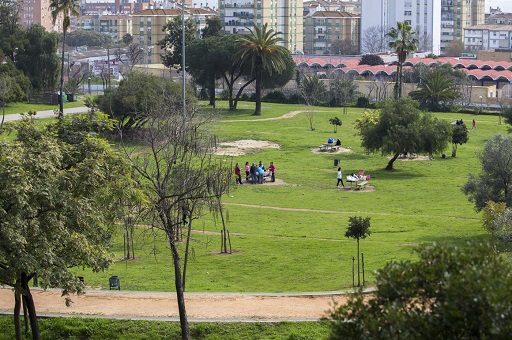
Moret Park
The Moret Park is one of the largest urban parks in Andalusia that consists entirely of 72 hectares (32 of which are currently being valued) of green areas with a wooded and irregular orography and urbanized aspect in terms of the network of roads and greenways to facilitate their use and enjoyment by all Huelva residents and visitors.
Direction: Moret Park
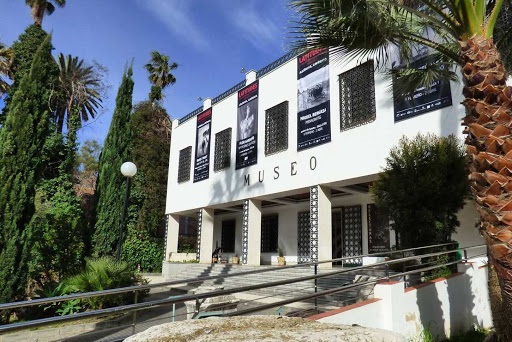
Huelva Museum
The Huelva Museum is built on a new building with a useful area of 3.000 m2 spread over three floors and a semi-basement. As with other museums of the same characteristics, its content was initially structured in three sections: Archeology, Fine Arts and Ethnography, although this section was never actually installed in the museum. To alleviate this absence, temporary exhibitions are currently being promoted, in an attempt to keep the understanding alive, conservation and dissemination of the rich cultural heritage of this province.
Direction: Alameda Sundheim, 13, 21003 Huelva
Schedule: Mondays closed. Tuesday to Saturday from 9.00 at 9 p.m.. Sundays of 9.00 at 3 p.m..
Phone: 959 65 04 24

San Pedro Parish Church
The Greater Parish of San Pedro Apóstol, popularly called Iglesia de San Pedro, It is located in the city of Huelva and is located in the square that bears its name. It is the oldest in the city and is dated between the 15th and 16th centuries. The temple was built on the remains of a primitive Mudejar mosque and later pieces of Baroque style were added. It was originally located next to the Castle of Huelva, of which there are hardly any remains today. This building was one of many that were damaged by the earthquakes of the 18th century. After these, the church was reformed and took on the aspect that we know today.
Direction: St. Peter's Square, 10, 21004 Huelva
Phone: 959 24 05 47
HUELVA PROVINCE

Marismas del Odiel
Located in the southwest of Andalusia, The Marismas del Odiel Natural Park was declared a Biosphere Reserve by UNESCO and is a Special Protection Area for Birds. It is located at the mouth of the Odiel river and gives rise to a wide variety of landscapes: twisted arms of water, lagoons and salt flats, islas, Beaches, woods… They are considered the most important tidal marshes of the Iberian Peninsula, with an abundant, continuous and specialized plant presence in which plants such as almajo and espartina stand out.

Doñana national park
Doñana National Park has a unique personality. It involves the confluence of a set of ecosystems that make up beaches, dunas, preserves, marshes… The great extension of marshes of the Natural Environment of Doñana welcomes more than 300 bird species from Europe and Africa, unique and seriously endangered species, like the Iberian imperial eagle, but also mammals such as the Iberian lynx. It was declared a World Heritage Site by Unesco in 1994, and receive more than 300.000 visits per year.
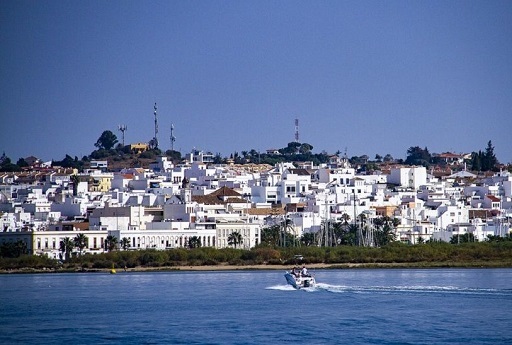
Ayamonte
Spanish municipality located next to the mouth of the Guadiana river, in Huelva, a 50 km from the capital. It has four different population centers.: Ayamonte, the nerve center; Punta del Moral, on the eastern beach of Isla Canela; Well of the Way, to some 10 km; and Canela neighborhood. Features a rugged natural environment in the north, that quickly softens and loses relief, forming a flat land in its closest part to the ocean.

Fog
Onubense municipality located at 28 kilometers from Huelva capital. It is a thousand-year-old town that stands on a hill above the Rio Tinto, in a walled enclosure dotted with towers. Its important historic monumental complex is a witness to the importance that the population has had in Andalusia. It welcomed many peoples and cultures, becoming the historical-cultural capital of this peninsular area from the Tartessian period to the 16th century, going through the Phoenician era, roman and taifa.
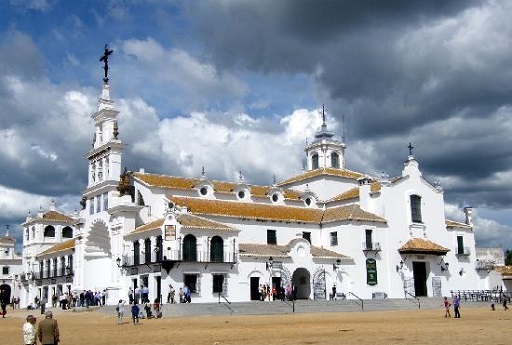
El Rocío and Almonte
The municipality of Almonte is the largest in the province of Huelva and is located 51 kilometers east of the provincial capital. In addition to the locality, It includes the Matalascañas beach and a large part of the Doñana National and Natural Park. Evidence indicates that its origin dates back to the Bronze Age. A 15 km from the town is the village of El Rocío, also belonging to the municipality, characterized by its hermitage and for being the epicenter of an important Marian pilgrimage, that of the Romería del Rocío.
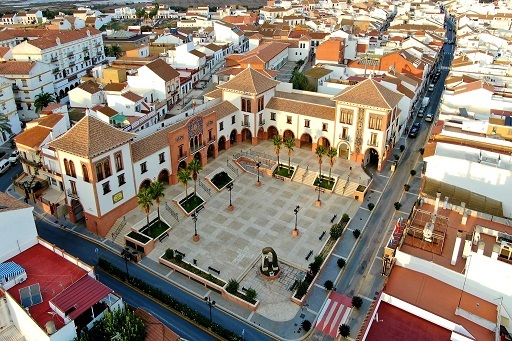
Palos de la Frontera
The city of Palos de la Frontera is located 15 km from Huelva capital, crossing the Rio Tinto. Its history is closely linked to maritime work and geographical discoveries. In it the first voyage of Christopher Columbus was conceived, reason why this town is known as the cradle of the Discovery of America. Among its tourist attractions is the Monastery of La Rabida, place that welcomed Columbus during the preparation of his trip; the dock of the Caravels, which has replicas of the vessels that took the discoverer to the Americas; and the Celestino Mutis botanical park, a natural space that preserves the character of integration and exchange with the American countries.
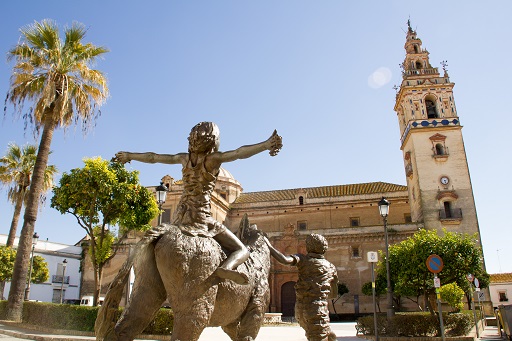
Moguer
Onubense municipality located at 20 km east of Huelva capital. Together with Palos de la Frontera, Moguer had special relevance in the preparation and realization of the first voyage of Christopher Columbus, which resulted in the discovery of America. The Monastery of Santa Clara welcomed the discoverer on his return from his trip. What's more, It has great architectural appeal and is home to numerous pieces of sacred art from the 17th century. Likewise, Moguer was the birthplace of the poet and Nobel Prize winner for Literature Juan Ramón Jiménez. The Zenobia and Juan Ramón Jiménez House Museum opened its doors after the poet's death and is a space dedicated to guarding his bibliographic and documentary legacy since 1958.
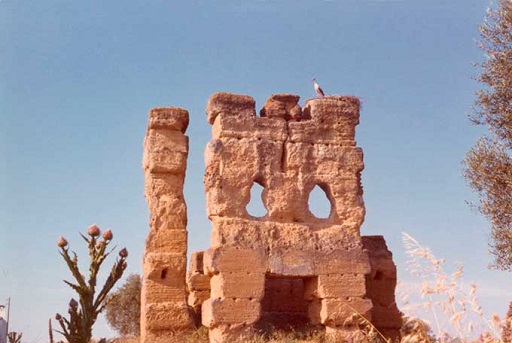
San Bartalomé de la Torre
Spanish municipality located at 30 kilometers northwest of Huelva. Several remains found date human settlements from prehistoric times in their area., although the first news about the town dates back to the marquisate of Gibraleón, at the end of the 16th century. Between its walls we find a rich architectural heritage. Definitely, what stands out the most is the medieval tower from the late thirteenth century, a watchtower that controlled the communication points with the mountain mining area and the coast.